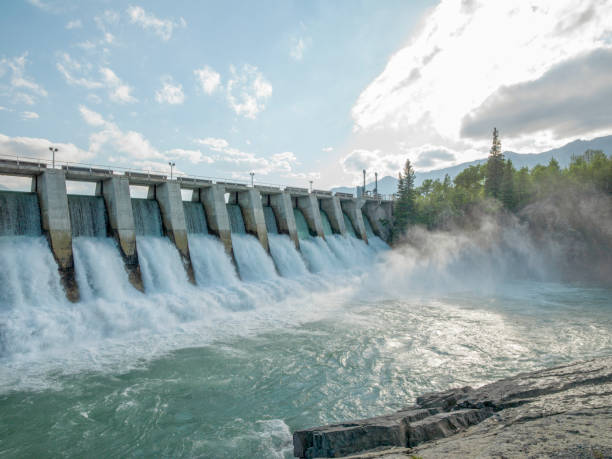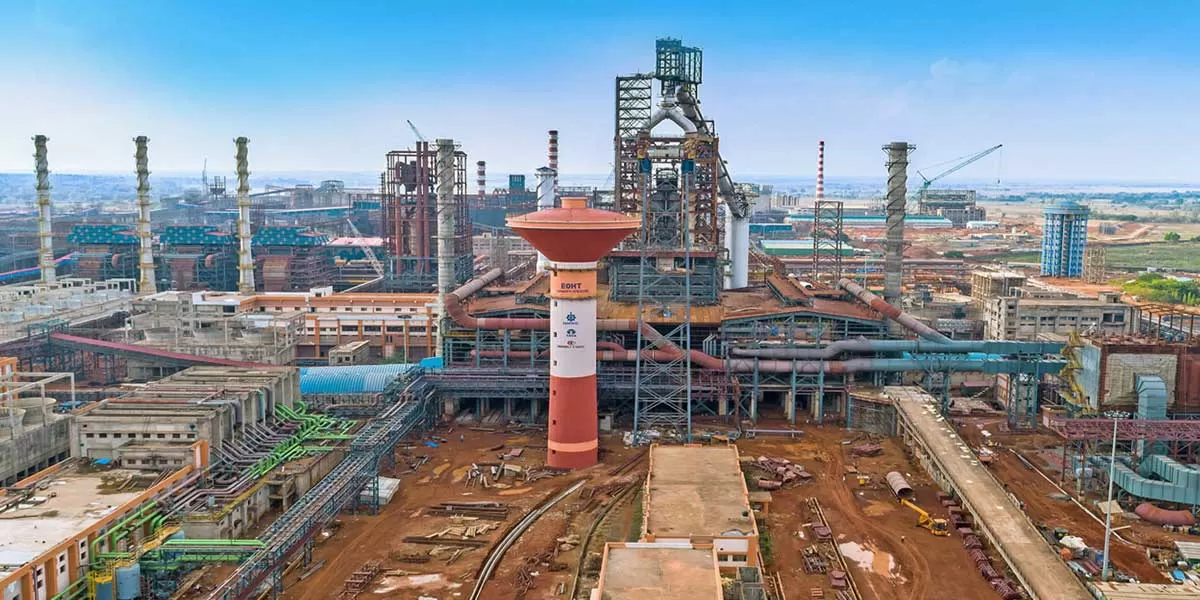
India to build second-largest dam as China seeks to divert river

REC wins Gold Shield in ICAI Award for Excellence in Financial Reporting
REC Limited, a Maharatna Public Sector Enterprise and a leading NBFC- IFC under the Ministry of Power, Government of India, has been awarded ‘Gold Shield’ under the ‘Financial Services Sector (Other than Banking and Insurance)’ category ‘ICAI Awards for Excellence in Financial Reporting for the financial year 2023-24’. The prestigious recognition reflects the commitment of our Company to excellence in financial reporting, transparency and adherence to the highest standards of accounting practices. The selection has been made based on the company’s accounting practices, policies ..

Cooper Inaugurates State-of-the-Art Tractor Plant
Cooper Corporation, a globally renowned manufacturer of engines, engine components and generators, proudly inaugurated its state-of-the-art Tractor Plant in Satara, Maharashtra, on 1st February 2025. The event also marked the launch of the company’s first-ever tractor, the Cooper Tractor NDC Series, designed to revolutionize farming with its superior performance, fuel efficiency and innovative engineering. The inauguration ceremony was graced by Ch. ShivendraRaje Bhosale, Hon’ble Cabinet Minister for Public Works, Government of Maharashtra, as the Chief Guest. The event was also attended ..

NMDC Records Best Ever Monthly Production in January 2025
State-owned NMDC produced 5.10 million tonnes (MT) and sold 4.48 MT of iron ore in January 2025. This strong performance sets a positive outlook for the year ahead. As NMDC remains focused on achieving record volumes in the upcoming fiscal year, cumulative production and sales stood at 35.87 MT and 36.22 MT, respectively, up to January 2025. The production performance in January 2025 is up by 12.33 per cent over the corresponding period last year (CPLY), reaching 5.10 MT, which is the best ever January month production since inception. This great start of the year underscores NMDC's commitme..















